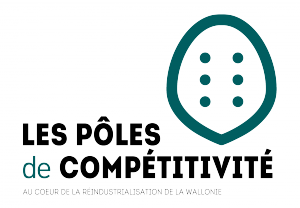This Advanced Manufacturing Technology TOE profiles developments in 3D printing and robotics, such as large scale 3D printing, multi-material 3D printing, 3D printing materials, light robots, and autonomous robots. The Advanced Manufacturing TechVision Opportunity Engine (TOE) covers global innovations and developments related to manufacturing and industrial automation on a weekly basis. Innovations are focused toward improving product traceability, energy efficiency and reducing environmental footprints, integrating product design and manufacturing aspects for reducing time-to-market. Research focus areas include rapid prototyping (additive manufacturing), lightweighting (multimaterial joining, plastics and metals manufacturing, carbon fiber-based composite manufacturing), smart robotics (agile robots, consumer robots, swarm robotics, cobots), monitoring and control (wireless control networks, human machine interface), and simulation and modeling (design and simulation software). The Advanced Manufacturing and Automation (AMA) Cluster covers technologies that enable clean, lean and flexible manufacturing and industrial automation. Technologies such as three-dimensional (3D) and four-dimensional (4D) printing, wireless sensors and networks, information and communication technology, multimaterial joining, composites manufacturing, digital manufacturing, micro- and nano-manufacturing, lasers, advanced software, and printing techniques, are covered as part of this cluster. The technologies covered here impact a wide range of industries, such as the impact semiconductor, automotive and transportation, aerospace and defense, industrial, healthcare, logistics, and electronics industries.
> More information HERE


